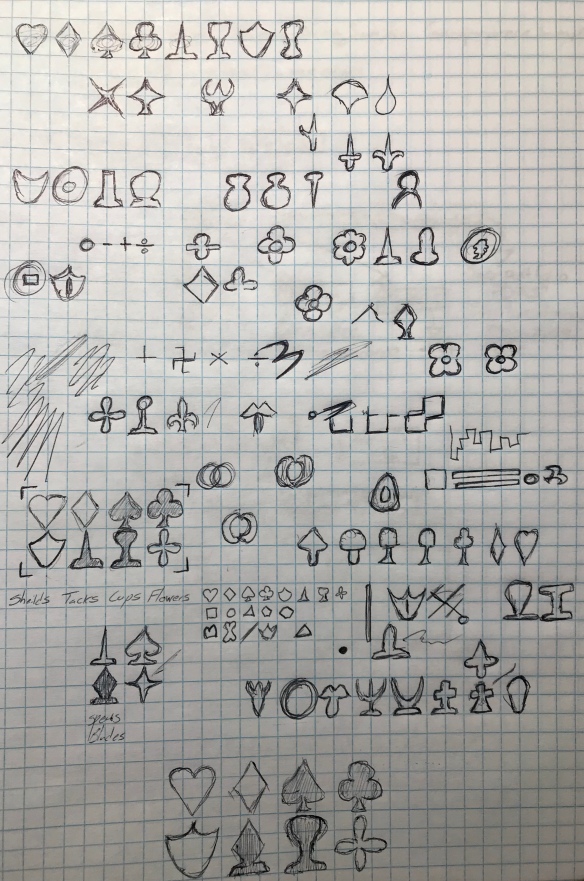This article is an excerpt from Smith’s Almanack (2018).
By: Austin Smith
In late April 1918, Vladimir Lenin said, “In the end, countries will coalesce into a great socialist federation or commonwealth — seventy-five or one hundred years.”* I don’t believe at this point that it will be a controversial statement to say that, with less than a year left, that isn’t going to happen. But was that definitely the case when Lenin said it? Was the course of Marxism and Leninism pre-ordained at that moment? It wasn’t as if Lenin was posturing; this was said in a private conversation. He wasn’t “out of his mind;” in the same conversation he correctly predicted the Kaiser wouldn’t last the year. But of course he was not a future-seer. How long this revolution would go on without him was not his to know.
Lenin, at that moment, could not have predicted how poorly the proletariat revolution would go in the other countries across Europe. In Germany, as the First World War ended, the bourgeoisie “lucked out” when the country was proclaimed a republic before the communists could assert too much influence, and the “spartacists” were violently suppressed. How could Lenin have foreseen the violence with which the “middle class” and even the workers would resist the revolution throughout Europe, with what vehemence they would speak of “communists”? The “Fascist” movements that grew as the influence of the kings waned were certainly a troubling development for the Comintern (communist international). While the actual politics of Mussolini’s Fascists, Hitler’s National Socialists, and Sima’s Iron Guard were quite different from one another, they all shared a hatred for the communist party. By the late 1930s, with General Franco having crushed the republican resistance (who were supported by the Soviets) in Spain it seemed as if the USSR would remain alone in its “capitalist encirclement.” Perhaps the revolution was already finished.
Of course, the worst was yet to come. Neither Lenin nor anyone in the 30’s (save perhaps Hitler himself) could’ve conceived of the brutality of what might be considered the death-knell for international communism, the Second World War. One might, with the benefit of hindsight, look back and think it obvious that in the duel between superpowers the relatively untouched United States would win out against a country that had just lost some 30 million people (9 million soldiers killed {2-3 million of whom were prisoners}, 11 million civilians exterminated {1.3 million of whom were Jewish}, 8 million starved, 3 million used as slaves and then killed.† And that doesn’t even count the 500,000 Tartars, 500,000 Volga Germans‡ and sums of Cossacks, Volksdeutsher, Muslims, and all others deemed untrustworthy during the German invasion who were deported by the Soviets and forced into labor camps or killed, nor those who were murdered in Stalin’s purges). Such massive losses would account for 10% of the current United States population (it was perhaps 14% of the Soviet population then), and combined with the facts that most who died were young men, and that massive amounts of equipment and farmland were also destroyed during the war, it seems a miracle that the Soviets could remain a superpower at all.
Indeed, as the war neared its close, Soviet influence extended only as far as the Red Army could take it. In Western Europe, after heavy losses of manpower and equipment, it found itself butted up against a wall of troops it could not pass through with a guarantee of success. Despite communists gaining ground in Eastern Europe and Eastern Asia, the US (relatively fresh as far war was concerned) and its allies had them caged in. In Korea and Vietnam they rattled this cage, but even though the US ceded ground it was clear that any significant advance would be checked. The fact that in Vietnam the number of communist casualties was more than double that of US and allied casualties⁑ should have been enough to give pause, and the Americans had only left, they were not defeated.
Yet, there was hope for the revolution. The Soviet Union and its rising ally China were still formidable opponents with room to consolidate and expand their influence with cooperation. But this idea, and the last possibility for a worldwide dictatorship of the proletariat, died when the actual dictators got in the way. The communist nations publicly broke with each other. Tito’s communism would be different from Stalin’s, and Mao’s different from Khrushchev’s. There would not be a unified front, and any dreams of coalescing would be put on hold. The communist sphere had reached its zenith, and it would only recede.
Still, had it really taken that long for the end to be near? Had not the spirit of communism died when it became a dictatorship? Some would argue that it wasn’t always, and didn’t always need to be, that way. The principles of communism aren’t meant to be those of dictatorship. Were Lenin (whom, we should not forget, organized the killing of thousands and said “Do you really think that we can emerge victoriously from the revolution without rabid terrorism?”) and Stalin (who ordered the murder of 500,000 and starved millions more) just flukes that could be overcome? Those many other party leaders, who eventually agreed to Lenin’s decisions, or allied with Stalin to oust Trotsky, or accepted their death sentences out of loyalty to the party, obviously thought that things would turn out better. Most only realized the blood they had waded into when it was too late. While history has shown us that it is the unfortunate place of such naïve and idealist men to be taken advantage of by the ruthless and the tyrannical.
But the real end can be traced even farther back. In 1918, two weeks before Lenin spoke of “seventy-five or one hundred years” the Red Army murdered hundreds of members of anarchist groups. Murders like this had happened before to different groups, and they would continue. The idea of a revolution that could elevate everyone’s lives had been abandoned swiftly. And now, in April 1918, Lenin was admitting that rapid communization would be difficult, and the régime would need to make concessions “for the moment” in order to keep pace with the world (concessions which, when revoked under Stalin, led to the starvation of thousands). In that moment when Lenin spoke, the revolution had already been undermined, and a struggle for power had taken its place. In that moment, as Lenin spoke of the future of communism, the revolution was already dead.
* Williams, Albert. Journey Into Revolution – Petrograd 1917-18. 1969 pg. 283
† Ellman, M. Maksudov, S. Soviet Deaths in the Great Patriotic War: A Note. 1994
‡ Werth, Alexander. Russia at War: 1941-1945. 1964 pgs. 474 and 763
⁑ Encyclopedia Britannica (the official estimates of 200,000 South Vietnamese military deaths and 60,000 US military deaths compared to 1,000,000 North Vietnamese military deaths actually bring the ratio closer to three or four times as many).
⁂ Additionally consulted: Keith Gessen. How Stalin Became Stalinist. 2017. The New Yorker Magazine.














